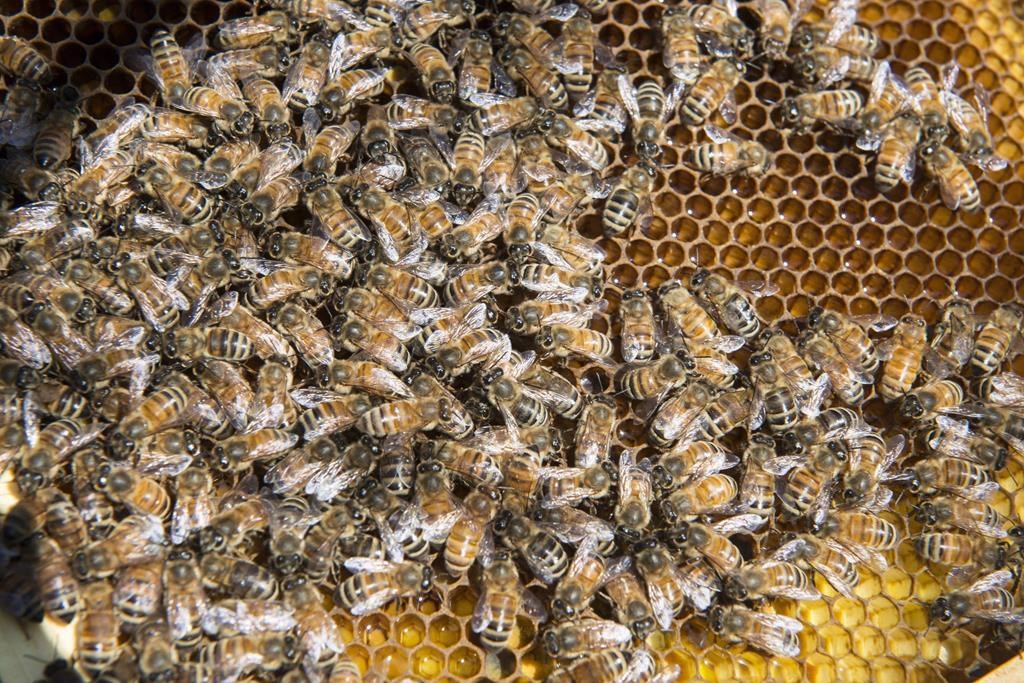It might seem a bit un-bee-lievable, but hundreds of thousands of bees have survived after being covered in volcanic ash for weeks on Spain’s Canary Islands.

Since the La Palma volcano first began erupting in mid-September, six hives, located only 600 metres away from the volcano, were either completely or partially buried under a thick layer of ash.
Rescuers had to wait 50 days to uncover the hives, when it was safe to do so, and were surprised to see five of the six bee houses survived.
Video posted to the Mother Nature YouTube page shows police and military members digging through the ash to get to the hives.
https://www.youtube.com/watch?v=bmOpo5GUZ8I
Elías González, president of the Agrupación de Defensa Sanitaria (ADS) Beekeepers de La Palma, told Spanish news agency EFE the bees were able to survive due to the type of porous ash that typically falls close to the volcano.

Get breaking National news
He added that the sixth hive likely died “not because of the volcano, but because they were already weak.”
Because the owner of the hives had not yet collected the summer honey before the volcano erupted, the bees were able to seal themselves in the hive by creating a resinous material called propolis. They feasted on their own honey for 50 days.
Propolis is a type of “bee glue” that’s created when bees mix saliva and beeswax with secretions from sap and other plant parts. They use their homemade mixture to seal up open spaces.
Eruptions from the La Palma volcano, which has been dormant for half a century, have caused the destruction of more than 2,000 buildings and the evacuation of thousands of people.
Despite the damage, no injuries or deaths have been directly linked to the eruption.
Several new volcanic vents opened up just this week, releasing new lava that is speeding down a ridge and threatening to widen the damage on evacuated land, roads and homes, authorities said Sunday.
The molten rock coming out from the main new vent was very fluid and was advancing at a speed of six metres per minute towards areas unspoiled until now, said Maria Jose Blanco, a spokeswoman for Spain’s National Geographic Institute.
– With a file from the Associated Press









Comments